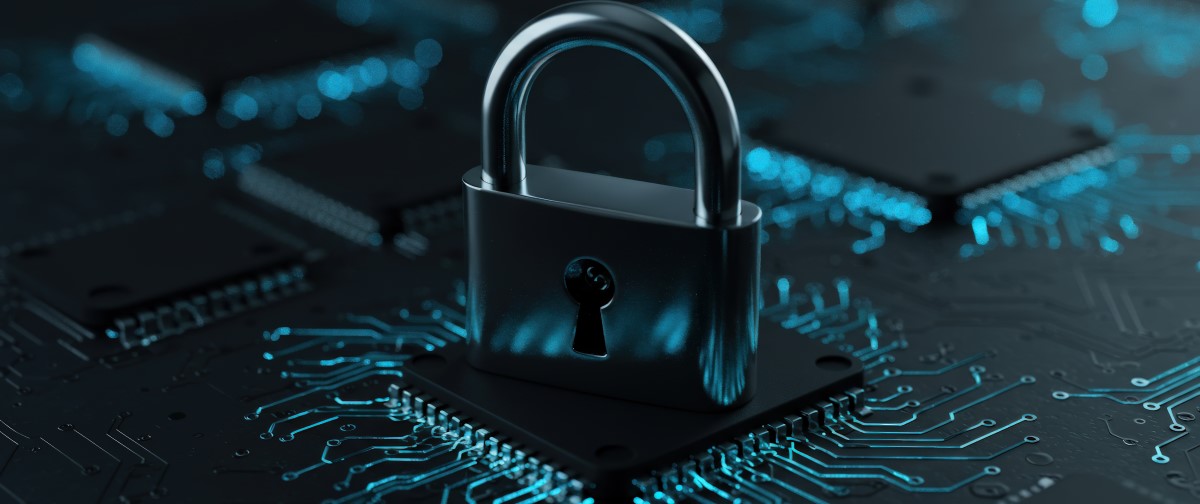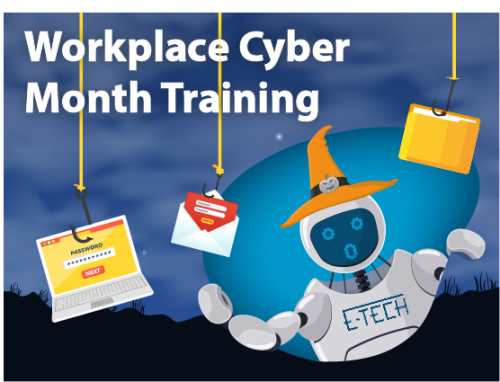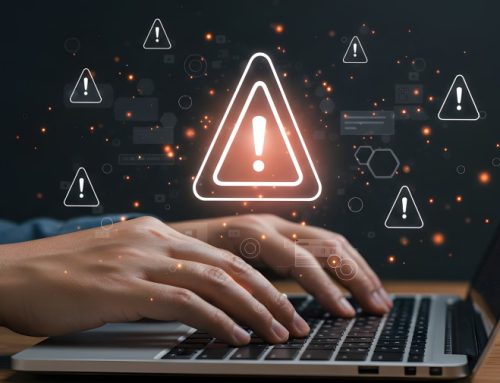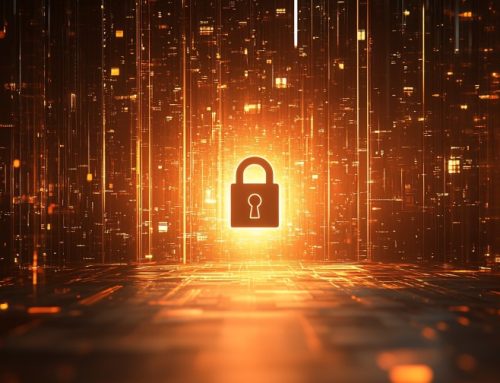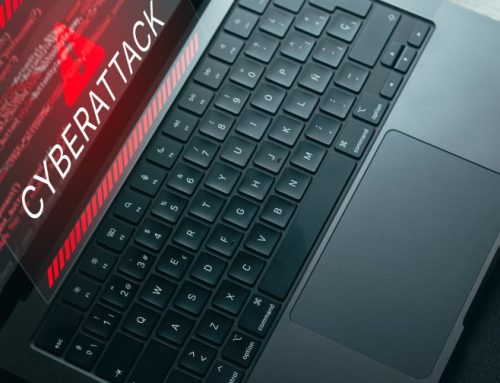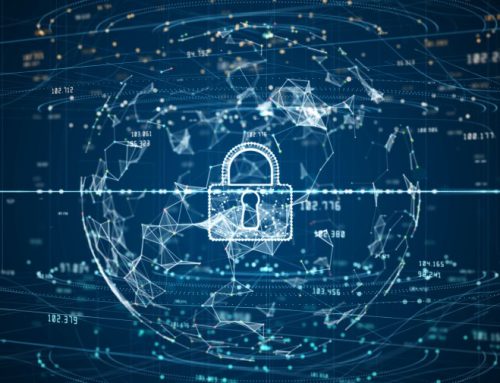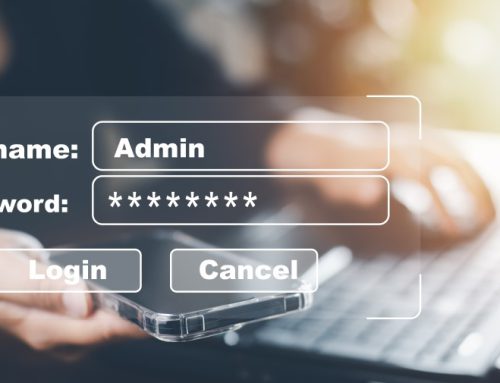As businesses become increasingly reliant on digital systems, the complexity and frequency of cyber threats continue to rise, putting organizations of every size at risk. Companies invest heavily in advanced firewalls, intrusion detection systems, and antivirus software yet a single careless click can still compromise an entire network.
Technology alone cannot prevent cyber incidents. The most effective defense lies in cultivating a workforce that is informed, vigilant, and proactive. Every employee plays a critical role in safeguarding organizational data and protecting the company’s reputation.
1. Recognize Phishing Scams
Phishing remains one of the most prevalent and damaging forms of cyberattack. Cybercriminals pose as legitimate organizations such as banks, suppliers, or even company executives to deceive recipients into revealing confidential information or clicking malicious links.
For example, an employee might receive an email that appears to come from the finance department requesting immediate payment verification. The message looks authentic, but the link redirects to a fraudulent website designed to harvest credentials.
2. Handle Data Responsibly
Sensitive information such as customer data, financial records, and proprietary documents must be handled with the utmost care. Data loss or exposure can lead to regulatory penalties, reputational harm, and financial loss.
Best Practices:
-
Lock computer screens when unattended.
-
Store confidential files only on approved, encrypted systems.
-
Avoid using personal devices or unverified storage platforms for business information.
-
Regularly update passwords and use multifactor authentication wherever possible.
By embedding responsible data practices into daily operations, organizations reduce the risk of accidental exposure and ensure compliance with data protection regulations.
3. Limit What You Share Online
Social media and professional networking platforms can unintentionally reveal valuable information to cybercriminals. Publicly sharing job titles, project details, or travel schedules can help attackers craft highly convincing phishing or social engineering attempts.
Encourage employees to review privacy settings, think critically about what they post, and avoid disclosing details that could be leveraged to impersonate the company or its personnel. Cyber security begins with discretion.
4. Report Suspicious Activity Immediately
Timely reporting is one of the most powerful tools in preventing cyber incidents. An unusual email, unauthorized login attempt, or system alert should never be ignored.
Establish clear reporting protocols so employees know exactly how to escalate concerns to the IT or security team. The sooner a potential threat is reported, the faster it can be contained.
Case in Point: A global logistics company suffered a multimillion-dollar ransomware attack after one employee opened a malicious attachment. A single report could have stopped the attack before it spread.
5. Foster a Culture of Security
Cyber security is not just a technical issue it is an organizational mindset. Building a culture of security means making awareness part of everyday business.
Leadership should actively promote cyber security education, encourage transparency, and recognize employees who demonstrate strong security practices. When staff feel empowered and supported, they are more likely to identify risks and act responsibly.
Workplace Cyber Month Training and open dialogue about emerging threats help reinforce the idea that security is everyone’s responsibility.
In a world where digital boundaries are constantly shifting, your employees represent the new cyber security perimeter. By empowering teams to stay alert, question unusual activity, and act swiftly, organizations can significantly reduce their exposure to threats.
Your employees are not the weakest link, they are your first and most important line of defense.

